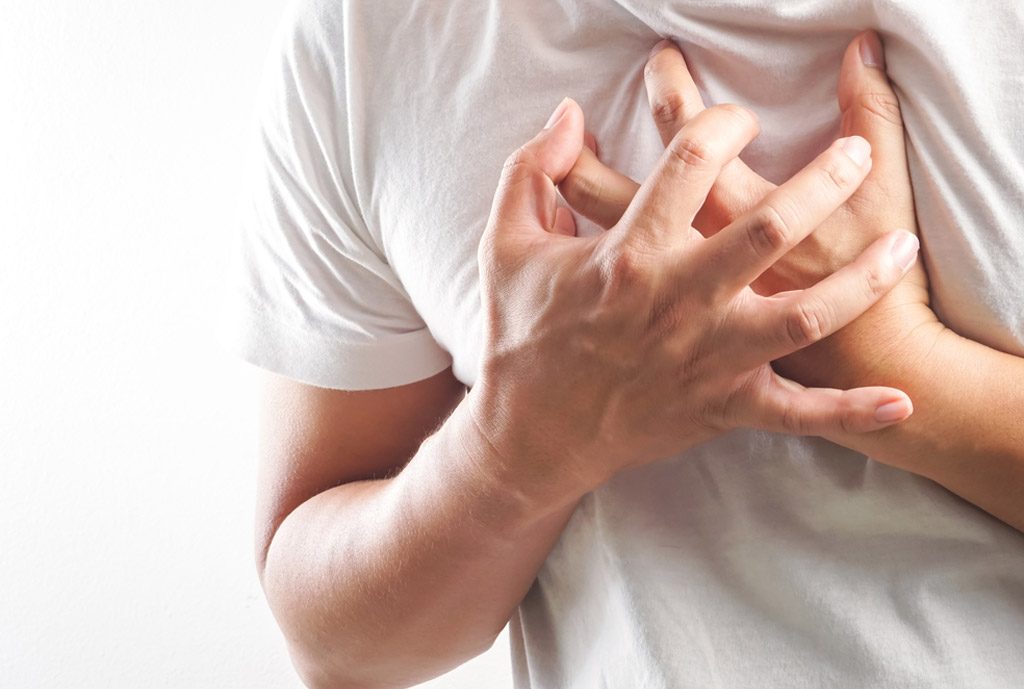
Sudden cardiac death refers to an unexpected natural death due to cardiac causes, with a heart attack being the most common cause. A heart attack in healthy, fit youths is a seemingly peculiar concept. However, this is surprisingly more common than we may think, with 3 Singaporeans dying of sudden cardiac death every day, half of which being below 60 years old. Furthermore, sudden cardiac death is increasingly linked to healthy individuals who suddenly die while exercising, making it a condition for concern.
- What is the patient demographic for sudden cardiac disease (SCD)?
SCD affects men at a disproportionately higher ratio of 9:1 to women. This may be attributed to males’ greater participation in extreme sports.
Weekend warriors refer to regular desk-bound office workers who lead normally sedentary lives, but who participate in high-intensity physical activity once or twice a week. A large proportion of them are middle-aged adults. This can put a lot of stress on the heart. In sporting individuals above the age of 35, SCD is mainly attributed to underlying coronary artery disease. In other instances, SCD may be due to pre-existing structural heart diseases and electrical disorders of the heart.
Short distance triathlons have also been linked to a higher incidence of SCD. Research has shown that the final 1.6km of a 42 km long marathon contributes to almost 50% of SCD. The final sprint accompanied with an abrupt stop in motion leads to a high risk of SCD.
For youths that experience SCD, it is often attributed to congenital heart defects including conditions like hypertrophic cardiomyopathy which refers to the abnormal thickening of heart muscles, making it harder for the heart to pump blood, congenital coronary artery abnormalities and long QT syndrome, which refers to inherited heart signalling disorders with fast chaotic heartbeats. - How to prevent SCD from happening?
A majority of SCD cases are attributed to underlying coronary artery disease. Thus, individuals who want to participate in intense physical activity after only having exercised sporadically should undergo a health check-up beforehand to assess their cardiac health first. This allows for identification of any underlying heart problems and risk factors such as high cholesterol and high blood pressure.
For those with existing heart issues, they should ensure that their cardiac issues are well managed, or receive personalised advice on an exercise level that is safe and appropriate for them. - What to do when witnessing possible SCD?
From the onset of a cardiac arrest, cardiopulmonary resuscitation (CPR) should be done as soon as possible, within 4 minutes. Beyond this time, the probability of brain damage and cardiac damage is high. Ideally, a defibrillator machine should be used, as it sends an electric pulse to the heart to restore it to a normal heartbeat.







